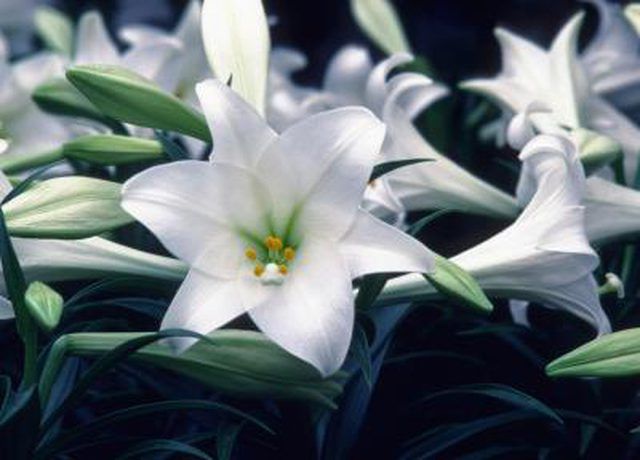Bulbs
Flower Basics
Flower Beds & Specialty Gardens
Flower Garden
Garden Furniture
Garden Gnomes
Garden Seeds
Garden Sheds
Garden Statues
Garden Tools & Supplies
Gardening Basics
Green & Organic
Groundcovers & Vines
Growing Annuals
Growing Basil
Growing Beans
Growing Berries
Growing Blueberries
Growing Cactus
Growing Corn
Growing Cotton
Growing Edibles
Growing Flowers
Growing Garlic
Growing Grapes
Growing Grass
Growing Herbs
Growing Jasmine
Growing Mint
Growing Mushrooms
Orchids
Growing Peanuts
Growing Perennials
Growing Plants
Growing Rosemary
Growing Roses
Growing Strawberries
Growing Sunflowers
Growing Thyme
Growing Tomatoes
Growing Tulips
Growing Vegetables
Herb Basics
Herb Garden
Indoor Growing
Landscaping Basics
Landscaping Patios
Landscaping Plants
Landscaping Shrubs
Landscaping Trees
Landscaping Walks & Pathways
Lawn Basics
Lawn Maintenance
Lawn Mowers
Lawn Ornaments
Lawn Planting
Lawn Tools
Outdoor Growing
Overall Landscape Planning
Pests, Weeds & Problems
Plant Basics
Rock Garden
Rose Garden
Shrubs
Soil
Specialty Gardens
Trees
Vegetable Garden
Yard Maintenance
How to Transplant Easter Lilies
How to Transplant Easter Lilies. Sweet-smelling white Easter lilies are common gifts during the Easter holiday season. The flower bulbs are harvested in the fall and planted in individual pots, where they are forced to bloom. In the spring, their large, trumpet-shaped flowers bloom, bringing joy to many. Transplant an Easter lily to your garden...

Sweet-smelling white Easter lilies are common gifts during the Easter holiday season. The flower bulbs are harvested in the fall and planted in individual pots, where they are forced to bloom. In the spring, their large, trumpet-shaped flowers bloom, bringing joy to many. Transplant an Easter lily to your garden where you can watch it bloom year after year.
Things You'll Need
Easter lily
Trowel
Water
Bulb fertilizer or blood meal
Mulch
Cut away the last bloom after it has withered.
Place the pot in a sunny windowsill and continue to water the plant when the soil gets dry.
Fertilize the plant every six weeks with a slow-release fertilizer.
Prepare an area of your garden that has rich, well-drained soil where you will transplant the Easter lily after the threat of frost has passed. Easter lilies prefer full sun.
With your trowel, dig a hole 3 inches below ground level and carefully drop the plant into it. Mound an additional 3 inches of dirt on top of the bulb. Carefully spread the plantís roots around the bulb. Make sure there are no air pockets between the bulb and roots; work additional soil in between them if necessary.
Water the plant immediately.
Cut the stems back to the ground as the original growth dies off.
Fertilize the plant with bulb fertilizer or blood meal in the fall and add a layer of mulch to protect the bulb over the winter.
Remove the mulch in the spring to allow new shoots to grow.
Wait until late spring or summer for your Easter lily to bloom again. Keep in mind that the plant might not bloom the very next year. Transplanted bulbs sometimes need a year to recover from the shock of being moved. But they will return to a normal bloom cycle.
Tips & Warnings
Easter lilies are highly toxic to cats. If your pet cat ingests any part of the plant, immediately call your veterinarian